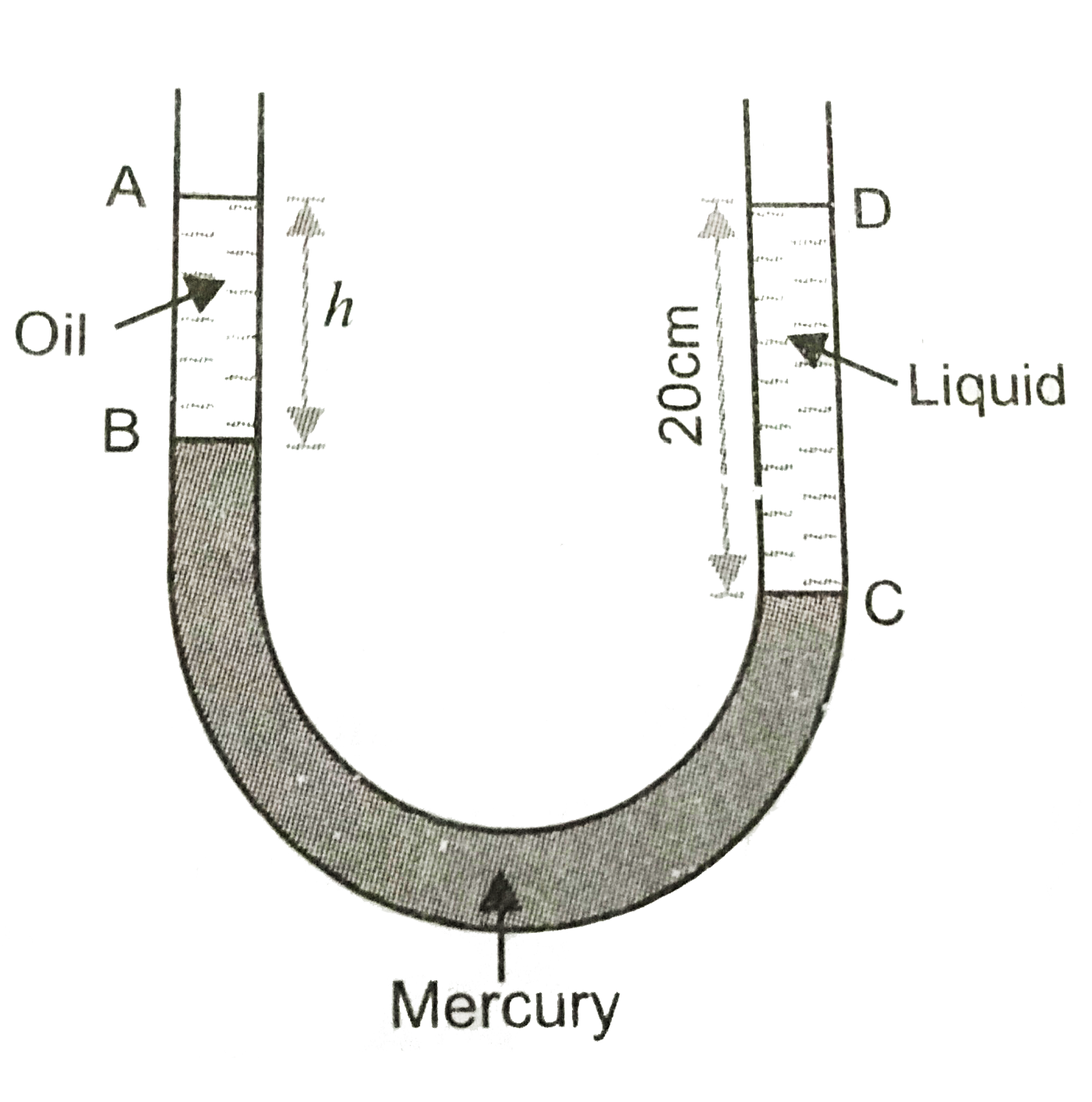Calculate q,W,ΔE and ΔH when 100g of CaCO3 is converted into its aragonite form given density of caicite =2g/cc and density of aragonite =2.5g/cc
CaCO3⇐⇒CaCO3CalciteAragoniteΔH=2kJ/mole
Generally for solid−−−−−−→Solidesolid−−−−−−→Liquidsolid−−−−−−→Liquid
transitions W<<q so, ΔE≅q=ΔH
while for gaseous conservation for example
Solid−−→gasLiquid−−→gas
q=ΔH≠ΔE , as W will be siginificant
S.NoProcesswqΔUΔHMolar heat capacity1Isochoric0nCvm(Tf−Ti)qvnCpm(Tf−Ti)Cvm2isobaric−Pext(V2−V1)nCpm(Tf−Ti)q+wnCpm(Tf−Ti)Cp.m3isothermalWrav=nRTIn(VfVi)Wirrev=−Pext(Vf−Vi)−w00±∞4AdidaticPfVf−P1V1α−10w005PolytropicPfVf−PiVi(n−1)ΔU−wnCvm(T2−T1)nCp.m(T2−T1)Cvm+R1−γ
Topper's Solved these Questions
Similar Questions
Calculate q,W,ΔE and ΔH when 100g of CaCO3 is converted into its aragonite form given density of calcite =2g/cc and density of aragonite =2.5g/cc
View SolutionDetermine height h of oil in the U tube as shown in fig. Density of oil =0.9g/cc, Density of liquid is 1.6g/cc and density of mercury. =13.6g/c.

View Solution
Knowledge Check
Calculate magnitude of work involved when 100g of calcite form of CaCO3 is converted into it's aragonite form of CaCO3 at 100 bar pressure. Given density of calcite=2g/ density of arogonite =2.5g/
A0.2kJB0kJC0.1kJD0.5kJThe density of a substance at 0∘C10g/cc and 100∘C, its density is 9.7g/cc. The coefficient of linear expansion of the substance is
A10−4,.∘C−1B10−2,.∘C−1C10−3,.∘C−1D10−5,.∘C−1
The internal energy change in the conversion of 1.0 mole of the calcite form of CaCO3 to the aragonite form is +0.21 kJ. Calculate the enthalpy change when the pressure is 1.0 bar , given that the densities of the solid are 2.71 g cm−3 and 2.93 g cm−3 respectively.
View SolutionThe internal energy changes in the conversion of 1.0 mole of the calcite from of CaCO3 to the aragonite from is +0.21 kJ . Calculate the enthalpy change when the pressure is 0.1 bar, given that the densities of the solids are 2.71 g cm−3 and 2.93 g cm−3 respectively.
View SolutionThe internal energy change in the conversion of 1.0 mole of the calcite form of CaCO3 to the aragonite form is +0.21KJ. Calculate the enthalpy change when the pressure is 1.0bar, given the densities of the solids are 2.71gcm−3 and 2.93gcm−3 respectively.
View Solution(i) Determine ΔfH∘(NO,g) at 25∘C. Using the following information
ΔfH∘(CO2,g)=−393.5 kJ/mol
2NO(g)+O2(g)→2NO2(g)(g)ΔrH∘=−114.0 kJ/mol2CO(g)+O2(g)→2CO2(g)ΔrH∘=−566.0 kJ/mol4CO(g)+2NO2(g)→4CO2(g)+N2(g)ΔrH∘=−1198.4 kJ/mol
(ii) Calculate the equilibrium pressure (in Pascal) for the conversion of grapgite to diamond at 25∘C. The densities of graphite and diamond may be taken to be 2.20 and 3.40 g/cc respectively independent of pressure.
Given : ΔG∘(C(graphite)→C(diamond))=2900 J/mol.
View Solution10g of argon is compressed isothermally and reversibly at a temperature of 27∘C from 10 L to 51. Calculate q, w, ΔUandΔH.
View SolutionCalculate the enthalpy change (ΔH) of the following reaction
2C2H2(g)+5O2(g)→4CO2(g)+2H2O(g) given average bond enthalpies of various bonds, i.e., C−H,C≡C,O=O,C=O,O−H as 414,814,499,724 and 640kJmol−1 respectively.
View Solution
